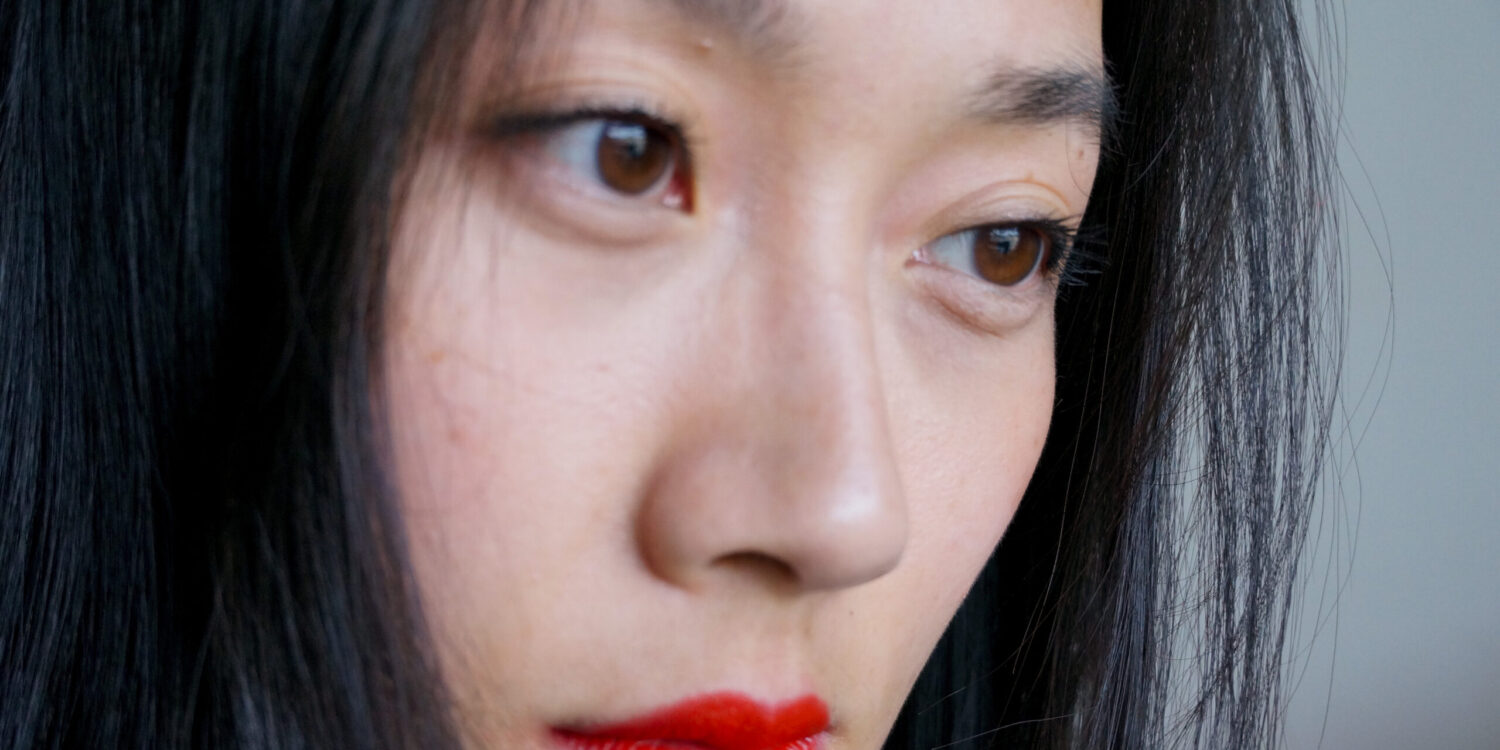I remember excitedly opening the envelope containing these scores as a Masters student in 2009 and immediately being intimidated.
I chose to do them anyway.
I couldn’t help myself. Even then, I could see that they were lush, sparkling, quicksilver darlings.
When I first started working on these pieces, I was quite naïve. I told myself that, at the end of the day, it was just pitches and rhythms. It was only a matter of time before I learned them. Of course, the more I worked on them, the more I realized that those things are always intertwined with gesture and pacing.
For me, the pitches and rhythms in these pieces have real physical qualities. They have mass, and there are velocities and trajectories. Some things drift along like dandelion fluff; others require a solid shove to start moving, before gathering more and more momentum as they roll. They stretch, snap back, bounce, soar, and thud.
On the second page of Song 16, there is a cluster of 9 pitches within a quarter note, and on the third page there is a cluster of 10 pitches within an eighth note. How slow can the pulse be, to get those two gestures to be different, but also to be able to sustain a line that has half notes in it?
If I look at the text of the first line, plus the vocal range and the possible breathing points… What might I try out for tempo and dynamics? What does that mean for color? And if I choose one of those options for the first line, what consequences does it have for the next line? For the next section? For the pacing of the whole piece?
In Song 1, what are the implications if I consider the filigree writing not as ornaments but as an integral part of the main line? Are the grace notes part of the filigree material, or something separate? What is the color of p in this piece? If that’s p, what is ppp? How much am I willing to risk for the ppp? Are vocal flaws considered expressive in the universe of this piece?
These two pieces have so much personality. They don’t tolerate interference and heavy-handedness. Each time, I try to dance through the pieces with playfulness and carry the technical challenges lightly. I see how much wider I can stretch things, how much sharper the rebounding snap-back can be, and if I can make the bounces more buoyant. It’s always an exercise in bravery: how heavy do I dare to make the consequences of my actions? How high can I dial up the contrast, without losing sight of the details?
As always, I’ve had help from many people along the way. My sincere thanks to Ian Pace, who sent me the Song scores in the post all those years ago, James Weeks for chatting about these two pieces in the context of Finnissy’s oeuvre, and Lucy Goddard for coaching me on the Italian. Thank you to my MA supervisor John Potter, who never told me that what I was doing was hard. (Sometimes the line between naïveté and bravery is a fine one.) Whenever I brought him a thought or a piece, he would just grin and tell me to keep going.
And of course, a deep thanks from the bottom of my heart to Michael Finnissy, who has been encouraging and supportive from the very beginning of this journey.
